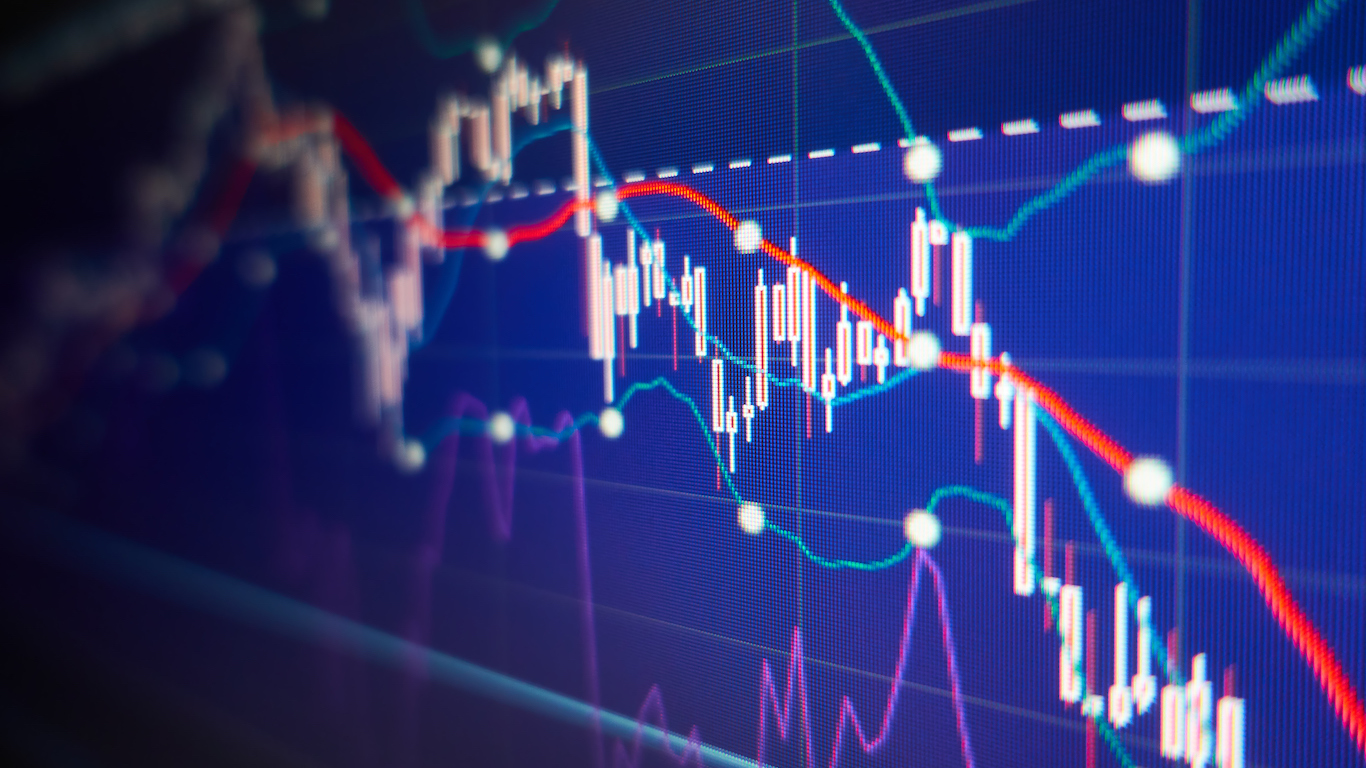
Going back to depth of the pandemic in February and March is a painful lesson. Fortunately that is not the case. Unfortunately, with rapidly rising coronavirus cases and with expectations of a contested election, October was a bad month for the stock market and it was the worst monthly performance since this March.
Friday’s sell-off would have been even worse had it not been for some late-day buying. The S&P 500 closed down 1.2% at 3,269.96 and the Dow fell by 0.6% to 26,501.60 on Friday. That made for nearly a 5% drop in the Dow and a 2.8% drop in the S&P 500 for the entire month. Both indexes were up on the month before this week’s earnings, rising COVID-19 cases and election jitters knocked them lower.
The yield on the 30-year Treasury was at 1.64% late on Friday, basically flat for the week but up 19 basis points from the end of September. A rise was also seen in the 10-year Treasury in October, up about 19 basis points from the last day in September to 0.86%.
Another rise was seen in the CBOE Volatility Index, and the so-called “fear index” generally rises as markets sell-off. Closing up 0.43 at 38.02, the index hit a high of 41.09 on the day after hitting above 40 on Wednesday and hitting a high of 41.16 on Thursday. This week marked the first readings above 40 since June, and a 40 level is usually indicative of markets being oversold.
Apple Inc. (NASDAQ: AAPL) led the losers in the Dow with a 5.6% drop to $108.86 after its earnings report failed to enthuse investors. While Apple is still the largest company in the world, this translated to a loss of more than $100 billion in market capitalization.
Twitter Inc. (NYSE: TWTR) was given the worst reception of the S&P 500 stocks as its user metrics and earnings report failed to bring any enthusiasm. Twitter closed down 21% at $41.36 on Friday.
Facebook Inc. (NASDAQ: FB) also led the declining stocks in the S&P 500 with a drop of 6.3% to $263.11 on Friday. Mark Zuckerberg noted more caution and headwinds that it offset what was otherwise a very impressive earnings report.
Gold was actually up on Friday due to investors seeking safety ahead of the elections. The World Gold Council showed some disappointing demand trends for the third quarter of 2020, but the SPDR Gold Shares (NYSEArca: GLD) closed up almost 0.5% at $176.20 on Friday. That’s down from an absolute peak of $194.45. This key gold ETF was down almost 1.4% over the last week and it was down about 0.5% in total for the month of October.
Energy stocks showed a mixed bag of the two oil and gas giants closing in opposite directions on two bad earnings reports. Chevron Corporation (NYSE: CVX) is still deemed to have a better balance sheet and safer dividend than rival Exxon Mobil Corporation (NYSE: XOM), and it closed up 1% at $69.50 versus a 1 5Drop to $32.62 for Exxon Mobil. That said, Exxon Mobil’s dividend yield is 10.5% and both companies are still trying to pledge to keep their dividend machines going.
The stock market has a lot to digest at this exact time. It has already been widely reported that the election is unlikely to be fully determined on election night, and there are concerns that neither Biden nor Trump are going to concede the election results unless the numbers are overwhelming. Many people are even expecting more civil unrest around the elections.
The largest issue on top of the stimulus talks being an absolute bust is that the skyrocketing COVID-19 cases are bringing a threat of yet more shutdowns and lockdowns even as the cruise industry was given the green light to seek conditional sailings after the No-Sail Order expire this weekend.
The Almanac Trader site has noted that the Presidential Indicator has now gone into the red, which is generally not a good sign for the incumbent.
One last note to consider is that it has become incredibly expensive to hedge further stock market risk.
Perhaps the only good news for October is that the stock market indexes closed nowhere near their lows on Friday. There is going to be a lot to digest in the coming week.
Are You Ahead, or Behind on Retirement? (sponsor)
If you’re one of the over 4 Million Americans set to retire this year, you may want to pay attention.
Finding a financial advisor who puts your interest first can be the difference between a rich retirement and barely getting by, and today it’s easier than ever. SmartAsset’s free tool matches you with up to three fiduciary financial advisors that serve your area in minutes. Each advisor has been carefully vetted, and must act in your best interests. Start your search now.
Don’t waste another minute; get started right here and help your retirement dreams become a retirement reality.
Thank you for reading! Have some feedback for us?
Contact the 24/7 Wall St. editorial team.





